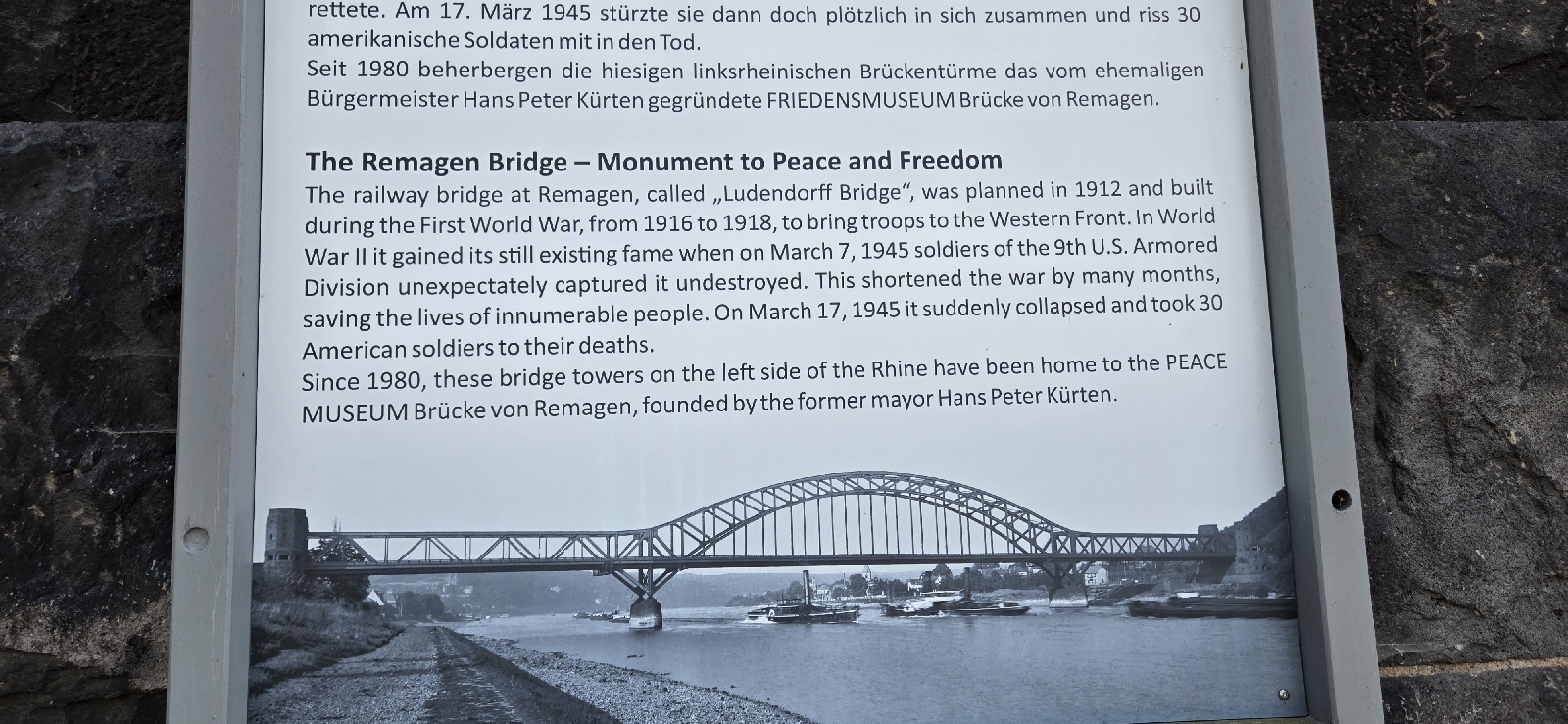Mostly smooth riding over paved bike paths but there are sections of cobblestone or paver blocks that will rattle your behind.
I'm seriously looking at what is ahead as the home stretch. Today I've completed 1,006 official kilometers (distances stated in the guide book) and only have 366 kilometers to go. These are split up into 8 stages with the last 2 being under 40k each.
Tomorrow will be longer than the guide book says because the end of the stage was 3 kilometers past my room for the night. Lucky for me my room is right beside the route. I can see those Eurovelo 15 signs from my window.
Got a good breakfast today and pocketed a roll for a snack along the way. That sometimes ends up being lunch!
I really love the style of these houses along the river. I don't think all of them are really old or really half timbered. May be some HOA requires the look.
Must be a tradition that all the Catholic churches remain unlocked. It's nice to walk inside.
No picture of this, but i stopped by the Mülheim-Kärlich and slathered on my sunscreen.
This place, at Remagen, was the highlight of my day. What you see are pillars from the old Remagen railroad bridge. This was the scene of a WWII battle.
The retreating Germans succeeded in destroying every bridge over the Rhine, except this one. It was damaged but still intact and allowed the US Army to quickly move men, tanks, and pyramid equipment over the Rhine, possibly shortening the war by months.
While it was being used the Army was build pontoon bridges near it. Good thing because 10 days after capture the damaged bridge collapsed.
These pillars, identical ones on the other side of the Rhine, and the flood arches are all that remains. This side has been turned into a Peace museum withplaques honoring the army troops who captured the bridge or died trying.
You can imagine, Hitler wasn't too keen about the German commanders who failed to destroy the bridge. He had them court-martialed and executed.
This was the only museum I've visited on this ride. Here are some pictures of the museum.
The bridge was originally built during WWI to get supplies out to German troops. It was quite a feat of engineering.
To prevent damage from flooding, these arches were built for the train's approach to the bridge. Water could flow through rather than being stopped like a dam
Isn't it strange how a country that was once nearly destroyed by the US has become one of its closest allies?
Let's try real hard to never have WWIII.
On to Koln/Cologne tomorrow.


















No comments:
Post a Comment